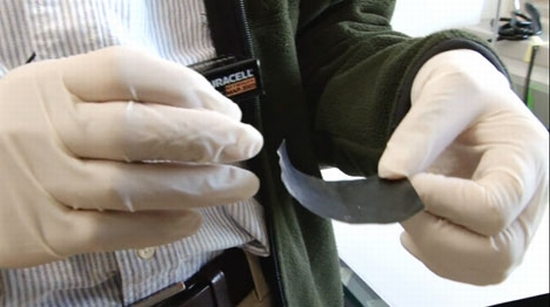
Scientists at Stanford have found a method of producing extremely lightweight, bendable batteries and supercapacitors with ink that contain carbon nanotubes and ordinary paper. These highly conductive storage devices are a result of coating a sheet of paper with ink made of carbon nanotubes and silver nanowires. The nanomaterials used in this procedure are one-dimensional structures with an exceedingly small diameter. The sole reason for the nanomaterial ink to stick strongly to the fibrous paper is the small diameter of the nanomaterial, and this results in producing battery and supercapacitor that are extremely durable.

Unlike batteries that can hold electric charge for a longer duration, capacitors hold it for a comparatively shorter period of time. However, capacitors are capable of storing and discharging electricity much more rapidly than a battery. The paper supercapacitor may last through 40,000 charge-discharge cycles. Although Yi Chu has created nanomaterial energy storage devices using plastics in the past, this new research has resulted in a more durable, high-performance energy storage device that will work just perfectly even if you crumple or fold the paper battery, or even soak it in acidic or basic solutions.

The paper supercapacitor could prove to be useful for applications like electric or hybrid cars, which depend on the quick transfer of electricity. This energy storage device that also has the potential to be used as a good, low-cost, flexible electrode for any electrical device is expected to hit the market very soon. Hit the video to see Stanford prof. Yi Cui and post-doctoral fellow Bing Hu demonstrate a few processes associated with making the nanotube-coated paper battery.

Via: Treehugger

